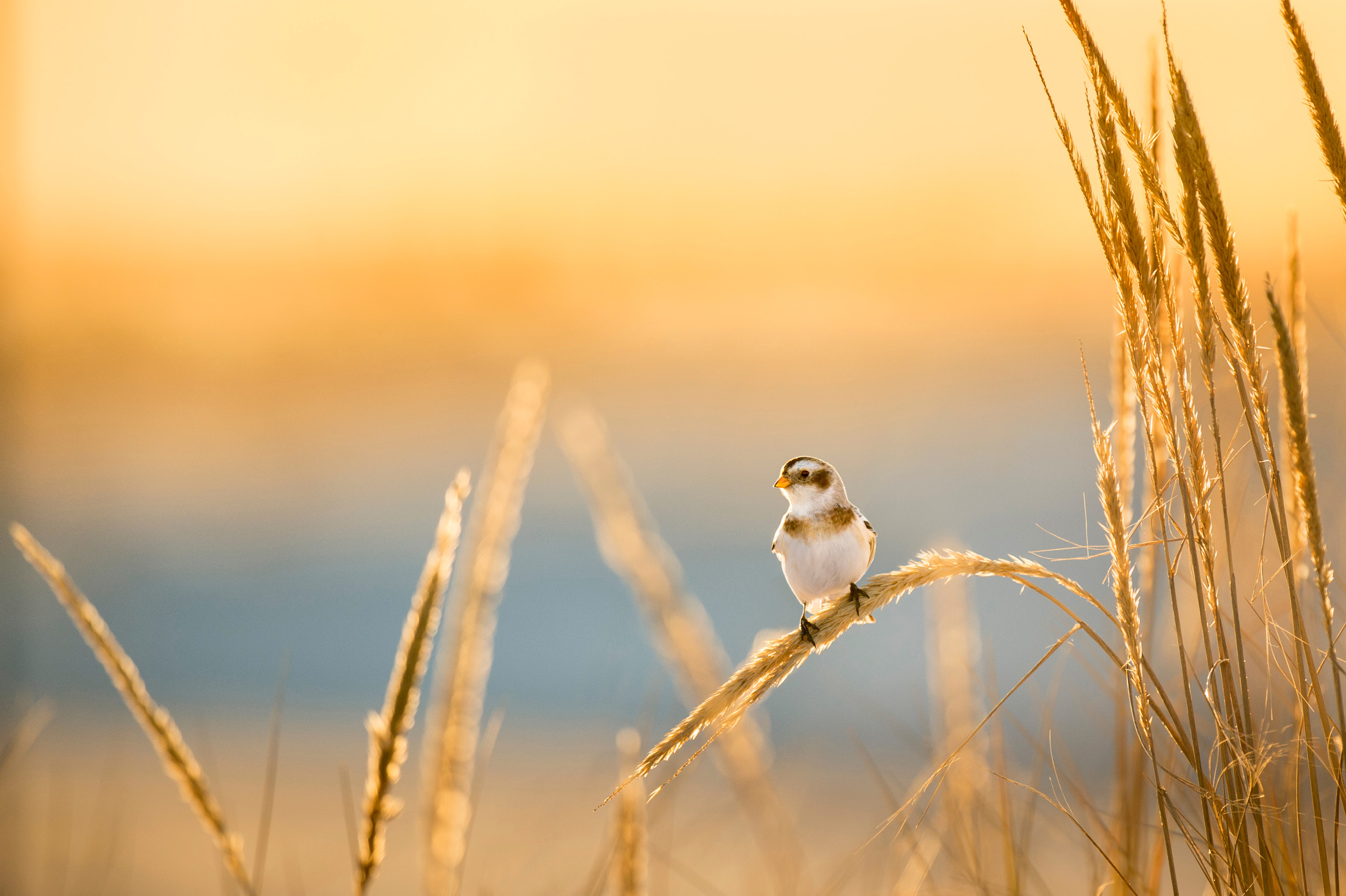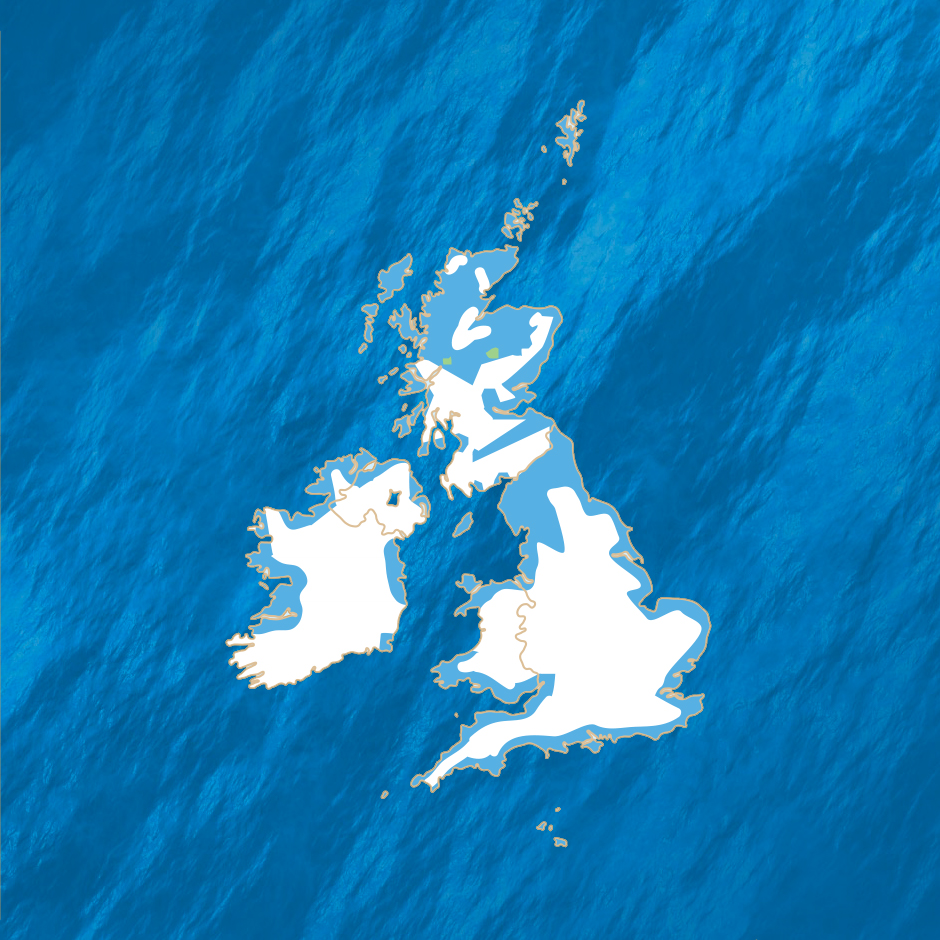Birds and wildlife
Snow Bunting
Plectrophenax nivalisGroup: BuntingsUK Conservation status:AmberHow to identify
Snow Buntings are large buntings, with striking 'snowy' plumages. Males in summer have all white heads and underparts contrasting with a black mantle and wing tips. Females are a more mottled above. In autumn and winter birds develop a sandy/buff wash to their plumage and males have more mottled upperparts. Globally, they breed around the arctic from Scandinavia to Alaska, Canada and Greenland and migrate south in winter. They are a scarce breeding species in the UK, in Scotland, making them an Amber List species. They are more widespread in winter in the north and east when residents are joined by continental birds. They are listed under Schedule 1 of the Wildlife & Countryside Act, making it illegal to disturb Snow Buntings.Call

Snow Bunting
Dougie Preston / xeno-canto
Key
- Resident
- Passage
- Summer
- Winter

- Jan
- Feb
- Mar
- Apr
- May
- Jun
- Jul
- Aug
- Sep
- Oct
- Nov
- Dec